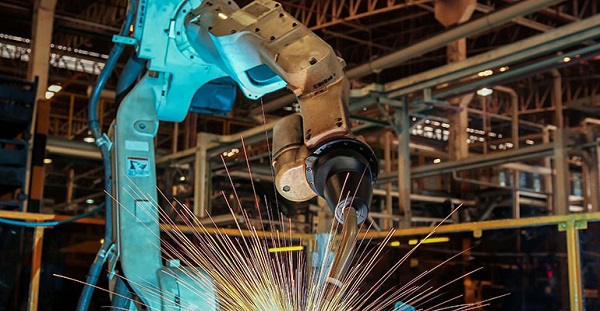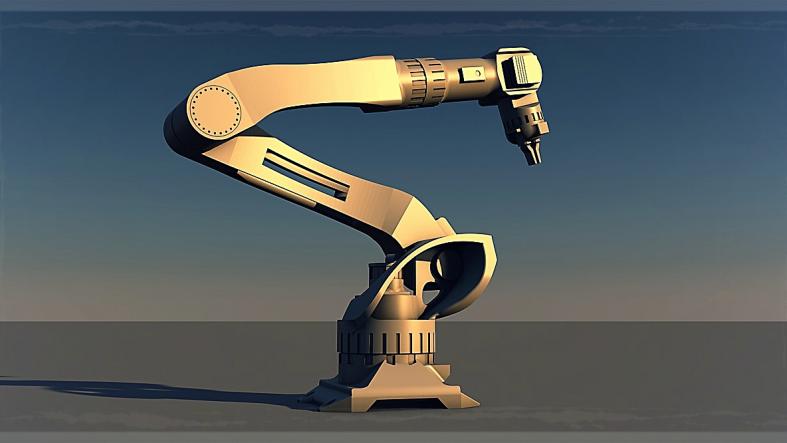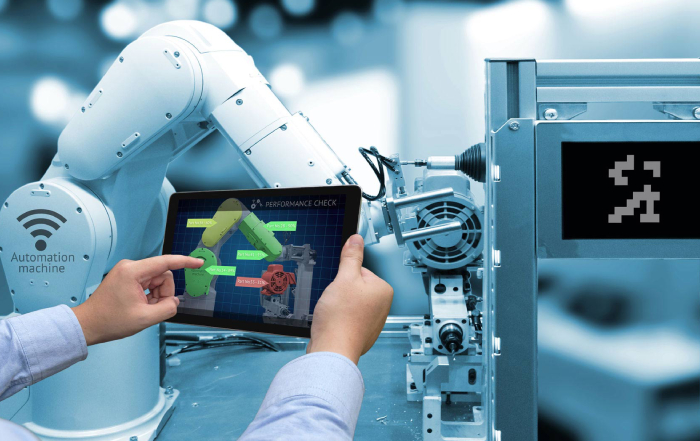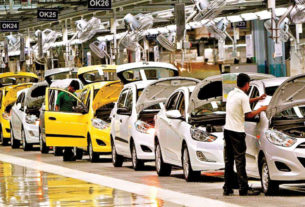The Wide, Wide World Of Collaborative Robots
Collaborative robots are drastically different from conventional industrial robots. Unlike them, cobots are not meant to function entirely autonomously. They share space with human workers and interact with them without any risk of harm. It is the safety and collaborative approach that makes cobots unique. For a cobot to function, human input is mandatory. The joint effort of humans and cobots, on tasks, results in better productivity and outcomes.
Increased efficiency, managing complex tasks, and taking over dull and dangerous chores are the reasons why cobots have become widespread. In this article, we explore the many industries where cobots are emerging as trends this year.
- Agriculture: Traditional robots have never been used in farming because they are too forceful. Produce is more likely to be damaged by them than harvested. Cobots, on the other hand, have limited force. They can perform delicate tasks without a hitch, which makes them ideal for the industry.
Automotive, Manufacture, And Logistics: The Top Cobot Sectors

- Manufacture: One of the top niches for cobots, manufacturing has found a home in them because of their low price. Investing in cobots is easy for small or medium-sized industry as it doesn’t weigh heavy on the pocket. These cobots are then used for tasks such as lifting and stacking loads, attaching parts or other intricate tasks.
- Automotive is one more industry where cobots are booming. While industrial robots need to be caged or bolted to be safe for human workers, cobots do not. They are safe even when working in the same space as another human employee. Moreover, the task cobots perform are changeable with almost nil effort.
- Logistic sector operates on fast turnaround times. The more units they pack, store, or handle in a given hour, the higher their profit. Cobots have proved that they decrease the time it takes to transfer goods from one location to another. Moreover, the speed with which they stack and pick is far higher than humans. Collaborative robots are genuinely the innovative solutions required by warehouses and fulfilment centres.
The Evolving Application Of Cobots In Other Industries
Healthcare is about collaboration. One person gets assistance on their ailment from a group of experts. When all the qualified persons work together, the patient gets better. Cobots are the front-runners of collaboration, which makes them ideal for the sector. Here you Check out the role of cobots in medical packaging.

A few places in healthcare where collaborative robots are usable are:
- Maintenance tasks: Setting up beds for patients, maintaining rooms, putting away bedpans, and other chores that nursing aides perform.
- Instead of small domestic animals, cobots can be used to provide stimulation to increase development in differently-abled children. Cobots are portable and utterly safe. Therefore, using them in therapy sessions for simple interaction is possible.
- In the operating room, cobots guided by surgeons can be utilised for error-free and lengthy procedures. These machines do not face fatigue or involuntary movements that human doctors do, ensuring that all surgeries occur with maximum possible precision.
The reason cobots are proliferating virtually every segment is their safety. They are engineered to work alongside human activity. Cobots do not have the torque to injure a human employee. Furthermore, they are equipped with sensors that immediately shut them down when faced with an unknown obstacle.
Healthcare, agriculture, manufacture, and automotive is just that start of their technology. As they continue to evolve, more and more industries will employ them. There is no doubt that in coming years, cobots would have made inroads in every niche and field. Currently, collaborative robots are limited by our imaginability. When that broadens, we’ll be able to put them to use on tasks inconceivable right now.
While we cannot predict the precise outcome of the collaborative robot industry, it is safe to say that they are the emerging trend, globally. One apparent thing is that cobots are effective coworkers and not the horrifying overlord we fear machines will become in the future.



